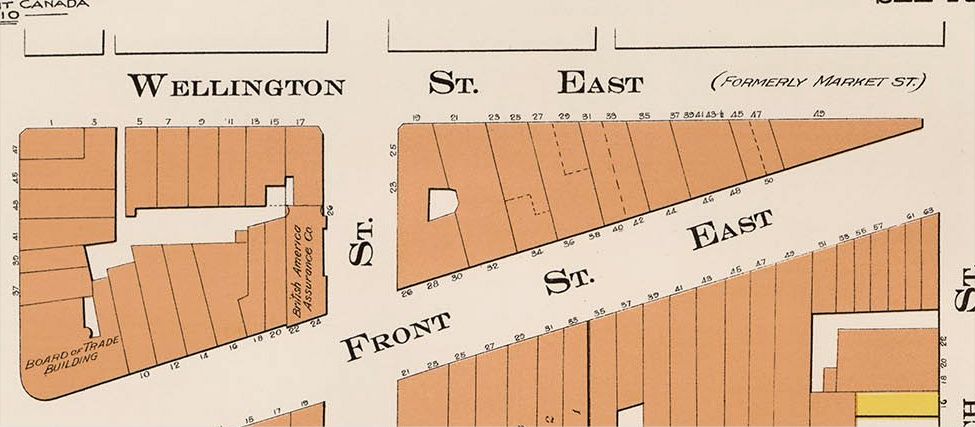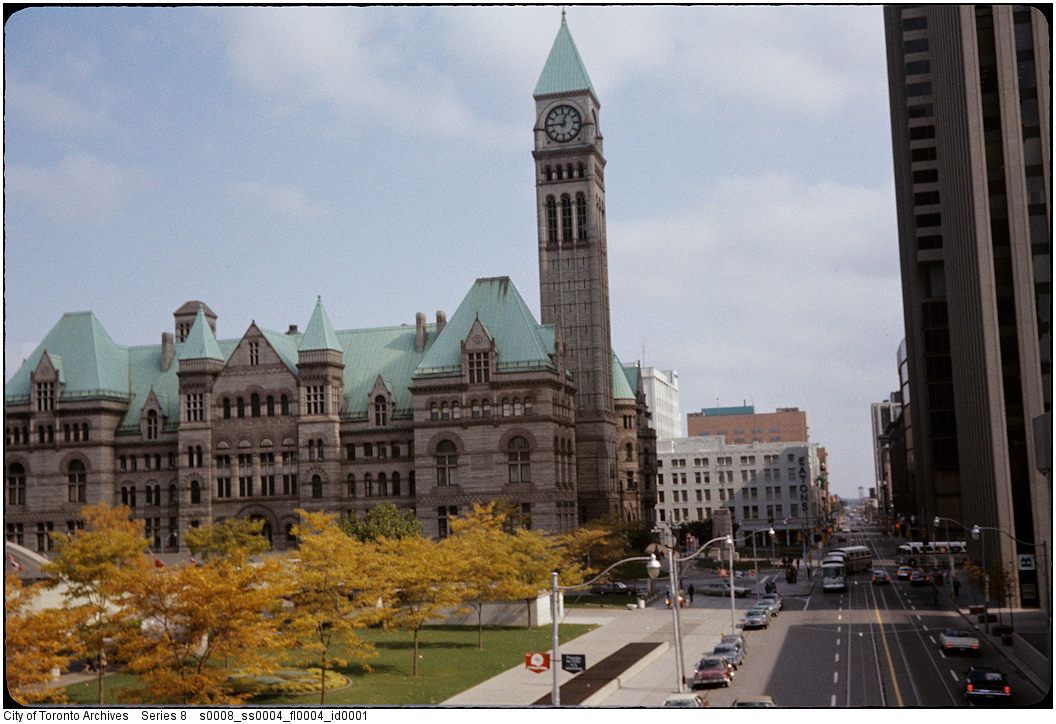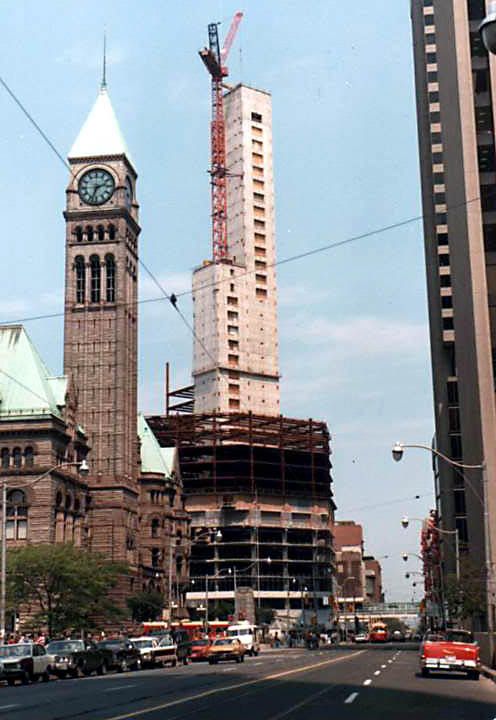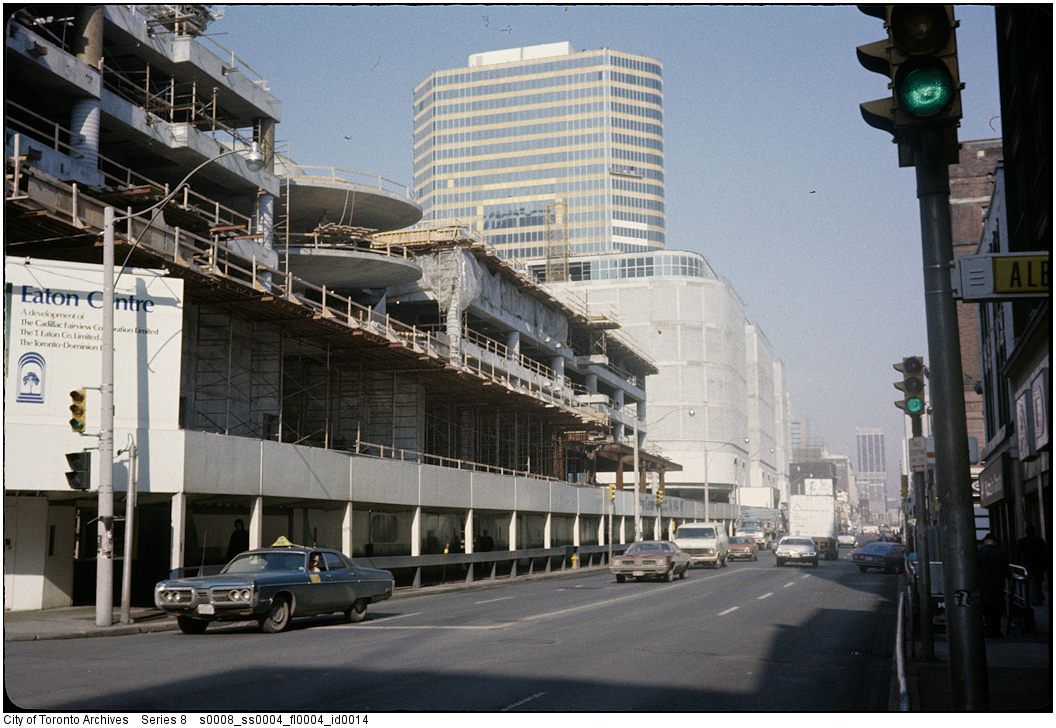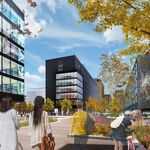adma
Superstar
Let's be fair here--it didn't just go for a parking garage, it went for a mall, which the garage just happened to by plopped atop of...
Let's be fair here--it didn't just go for a parking garage, it went for a mall, which the garage just happened to by plopped atop of...
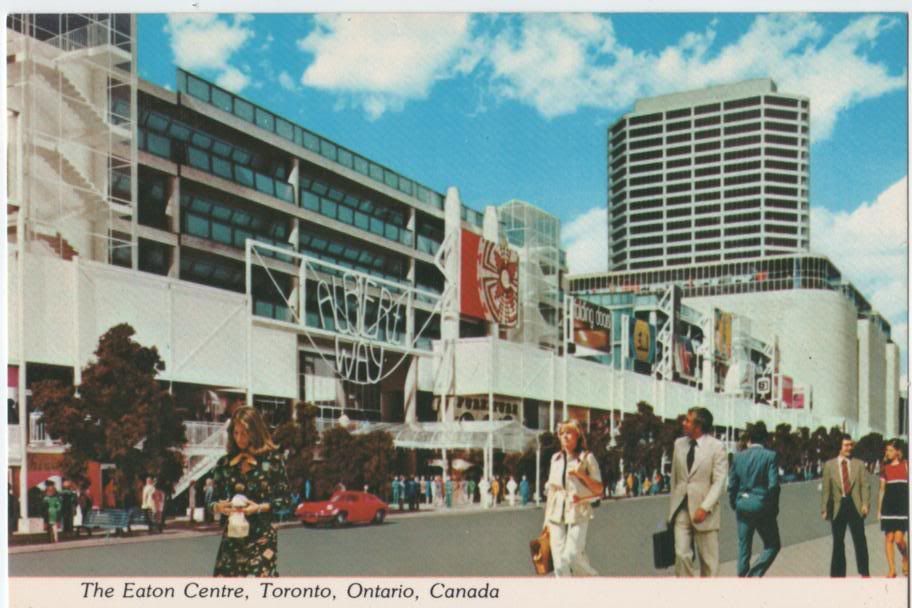
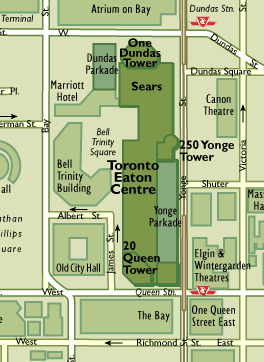
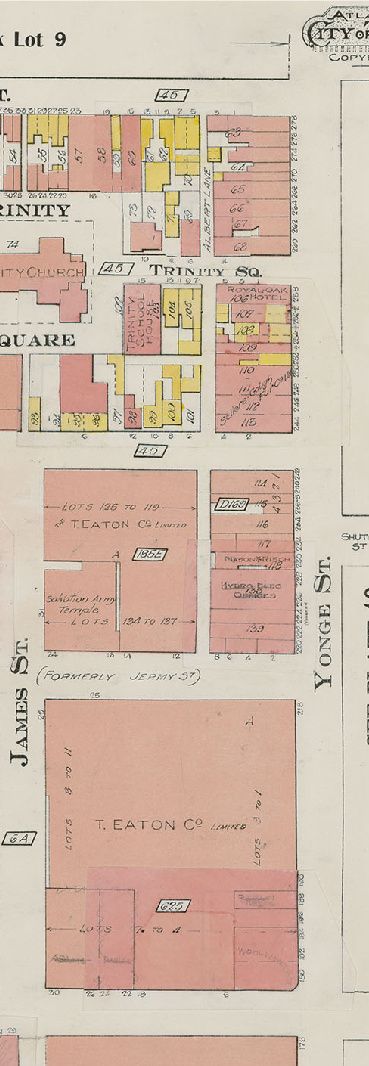


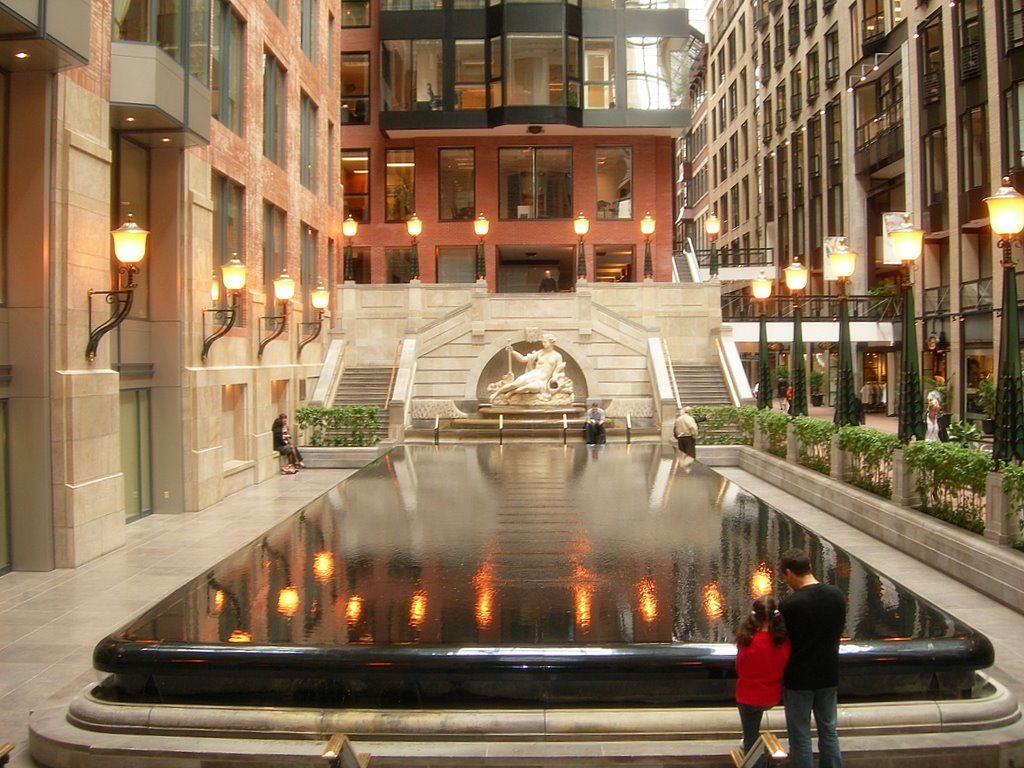
I have a hunch that if the Centre was being planned today, the parking would have gone underground and most of the significant buildings on Yonge could be preserved with their rear facades opening into the Galleria (perhaps conceptually similar to the Centre du Commerce Mondial on St. Antoine in Montreal). Even the original Eaton's store could have been preserved and carved into a la Terminal Warehouse:



I find Dresden's unusual decision to build exact replicas, compared to how most other bombed-out European cities reconstructed themselves after the war through contemporary design, kinda creepy. That said, of course, we've done some archi-cloning hereabouts too - there are a couple of repro facades on the east side of Church Street south of Front for instance. One reproduces the building in buff brick, and the central section does so in red brick. I agree about the ghastly faux fronts that replaced the perfectly honest original Eaton Centre parking levels though.

Well, as can be seen in the original incarnation of the Yonge frontage south of Shuter, it really was a parking garage with visible open parking on the upper levels on Yonge and blank walls on the upper floors of the interior (which is why the Eaton's Centre will never be the Gallleria Vittorio Emmanuel). Shallow unleasable residual retail resulted on Yonge. The Yonge Street facelift attempted to ameliorate the garage by adding Dawson City-like storefronts, brought out to the lot-line in an attempt to re-animate the street with deeper viable retail.
I find Dresden's unusual decision to build exact replicas, compared to how most other bombed-out European cities reconstructed themselves after the war through contemporary design, kinda creepy. That said, of course, we've done some archi-cloning hereabouts too - there are a couple of repro facades on the east side of Church Street south of Front for instance. One reproduces the building in buff brick, and the central section does so in red brick. I agree about the ghastly faux fronts that replaced the perfectly honest original Eaton Centre parking levels though.
Today, rebuilt heritage buildings, especially ornate landmarks whose construction is typically deemed unfeasible in North America are a norm around Europe, with plenty more projects planned. The Cathedral of Christ the Saviour is an interesting and beautiful example from Moscow that was rebuilt in 2000. Ultimately, there's nothing creepy about it. It just shows that "heritage architecture" is more than just an empty word for some old buildings to keep standing, it means that this architecture is a part of the national culture, and to destroy it is to undermine that culture.
Not only are you paying short shrift to the original Yonge frontage as an integrated work of architecture rather than a mere "parking garage", but we're at the point where if we apply certain present-day values to lost 70s heritage (as opposed to heritage lost in the 70s, Mason & Risch et al), the 90s false-fronting of Yonge is just as regrettable--as is the destruction of the Yonge + Dundas glasshouse entrance on behalf of H&M, and the running removal-replacement of the "ship railings" within...
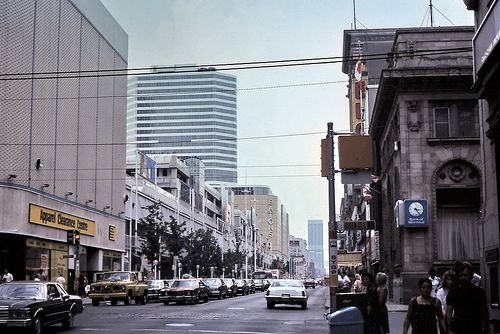
Front Street East (now Berczy Park):

Isn't this the north side of Wellington? - Across the street from Berczy Park?
